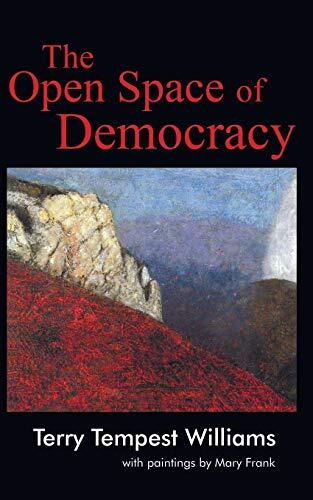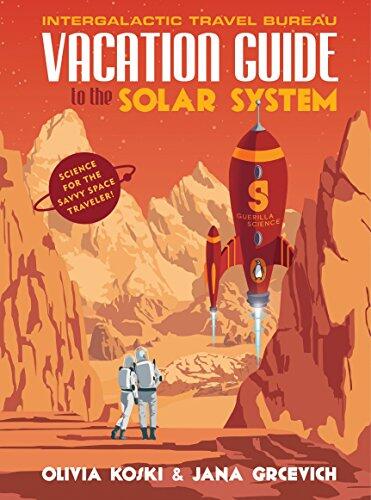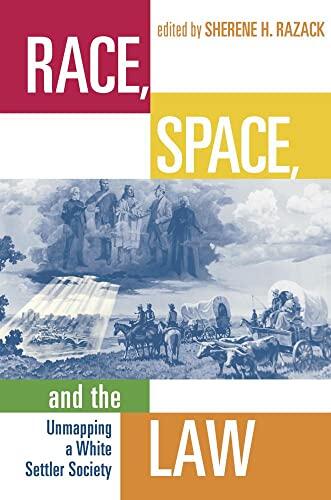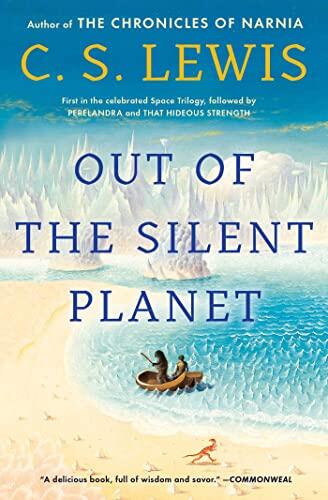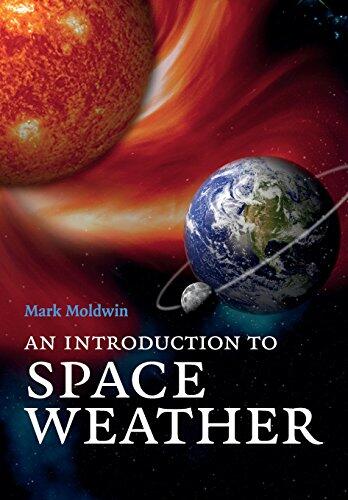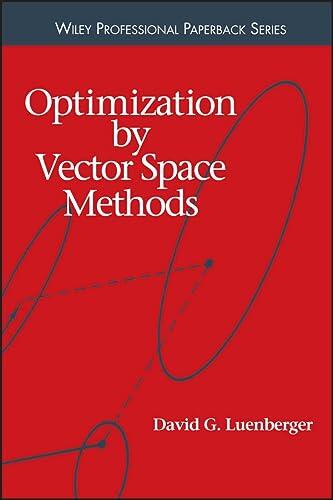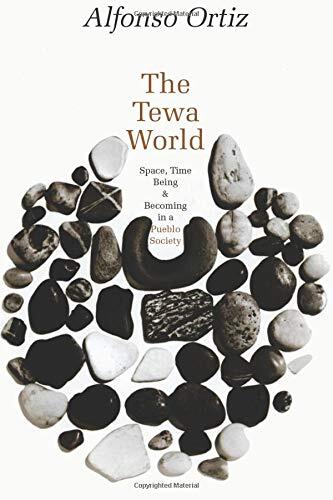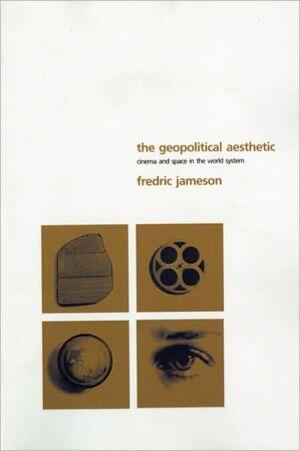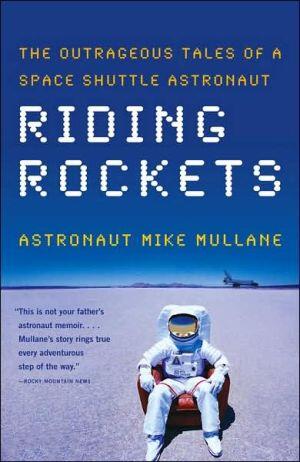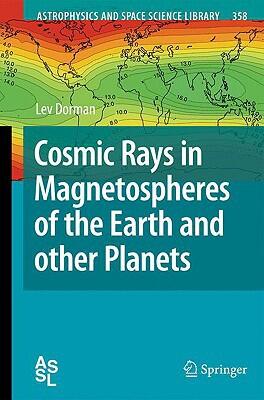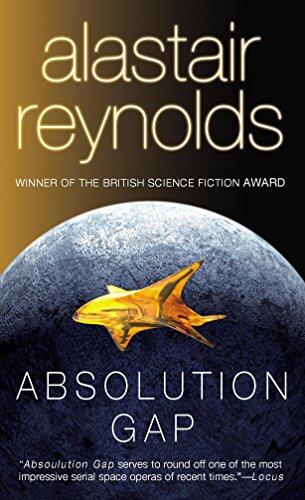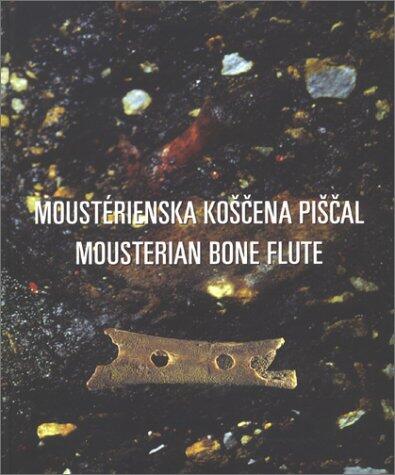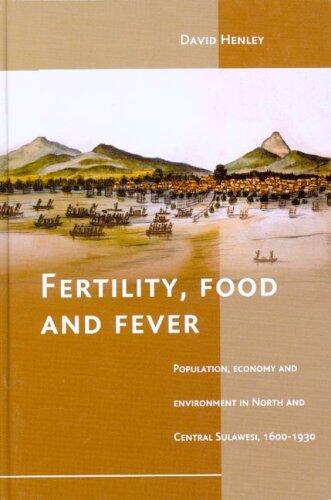
Fertility, Food and Fever: Population, Economy and Environment in North and Central Sulawesi, 1600-1930
还没有评分
Romance
Science & Technology
History
格式
精装书
页数
711
语言
英语
已发布
Jan 1, 2005
出版商
Brill
版本
Illustrated
ISBN-10
9067182095
ISBN-13
9789067182096
描述
David E. F. Henley explores the intricate relationships between population dynamics, economic practices, and environmental conditions in North and Central Sulawesi from 1600 to 1930. Through meticulous research and analysis, he sheds light on how fertility rates, food production, and disease outbreaks interacted to shape the region's demographic landscape.
Henley's work delves deep into historical practices that influenced agricultural yields and labor forces, revealing how local communities adapted to changing environmental circumstances. The impact of European colonial policies and global trade on these societies further complicates the narrative, illustrating a period marked by upheaval as well as resilience.
The author emphasizes the significance of historical context in understanding contemporary challenges faced by the region. With a detailed bibliography and comprehensive indexes, this work serves as a critical resource for scholars and anyone interested in the interplay between humans and their environment over centuries.
Ultimately, Henley crafts a tapestry that highlights the nuanced connections within the delicate balance of human ecology in Sulawesi, providing a rich context for modern discussions on sustainability and population issues.
Henley's work delves deep into historical practices that influenced agricultural yields and labor forces, revealing how local communities adapted to changing environmental circumstances. The impact of European colonial policies and global trade on these societies further complicates the narrative, illustrating a period marked by upheaval as well as resilience.
The author emphasizes the significance of historical context in understanding contemporary challenges faced by the region. With a detailed bibliography and comprehensive indexes, this work serves as a critical resource for scholars and anyone interested in the interplay between humans and their environment over centuries.
Ultimately, Henley crafts a tapestry that highlights the nuanced connections within the delicate balance of human ecology in Sulawesi, providing a rich context for modern discussions on sustainability and population issues.
